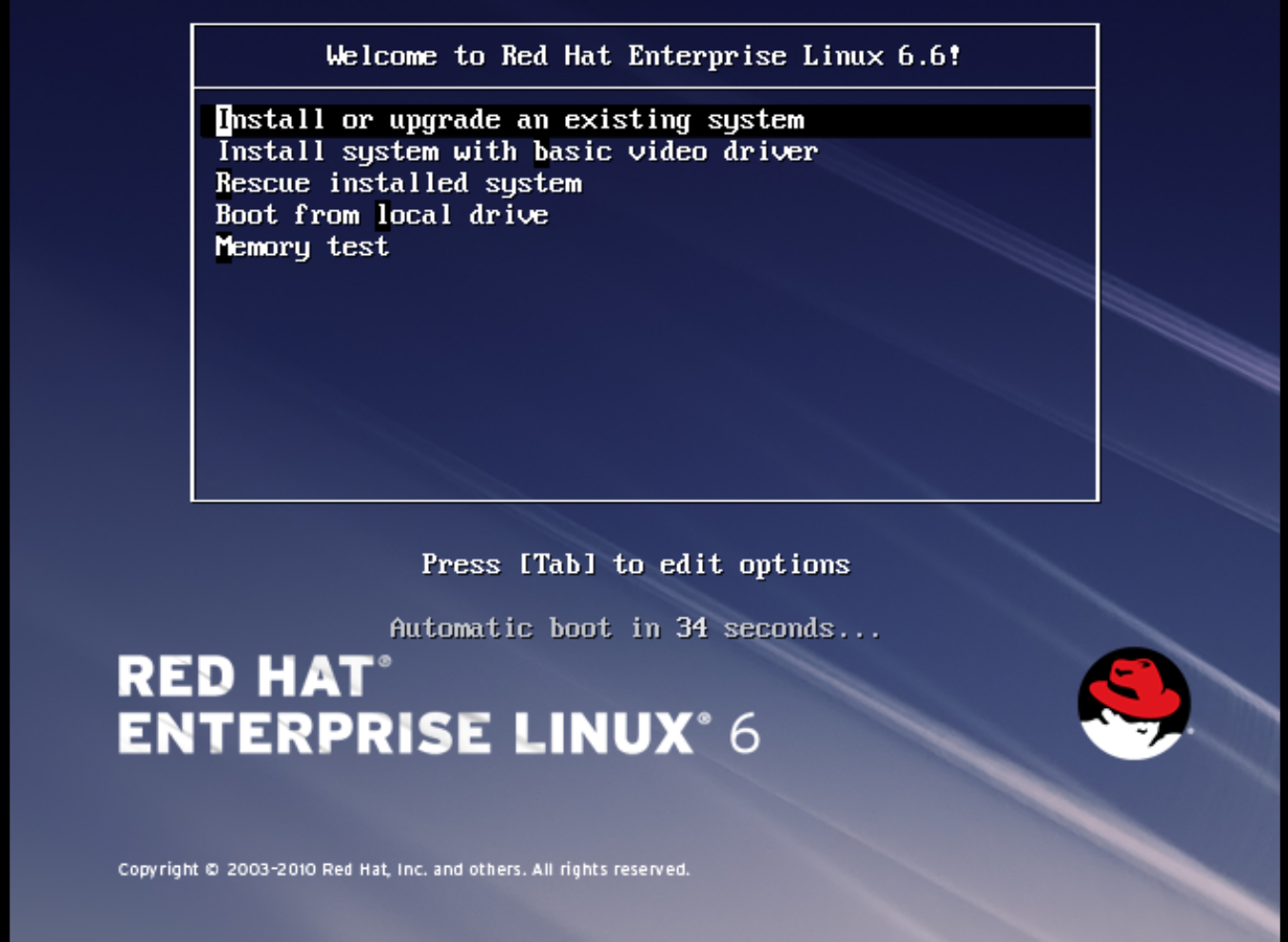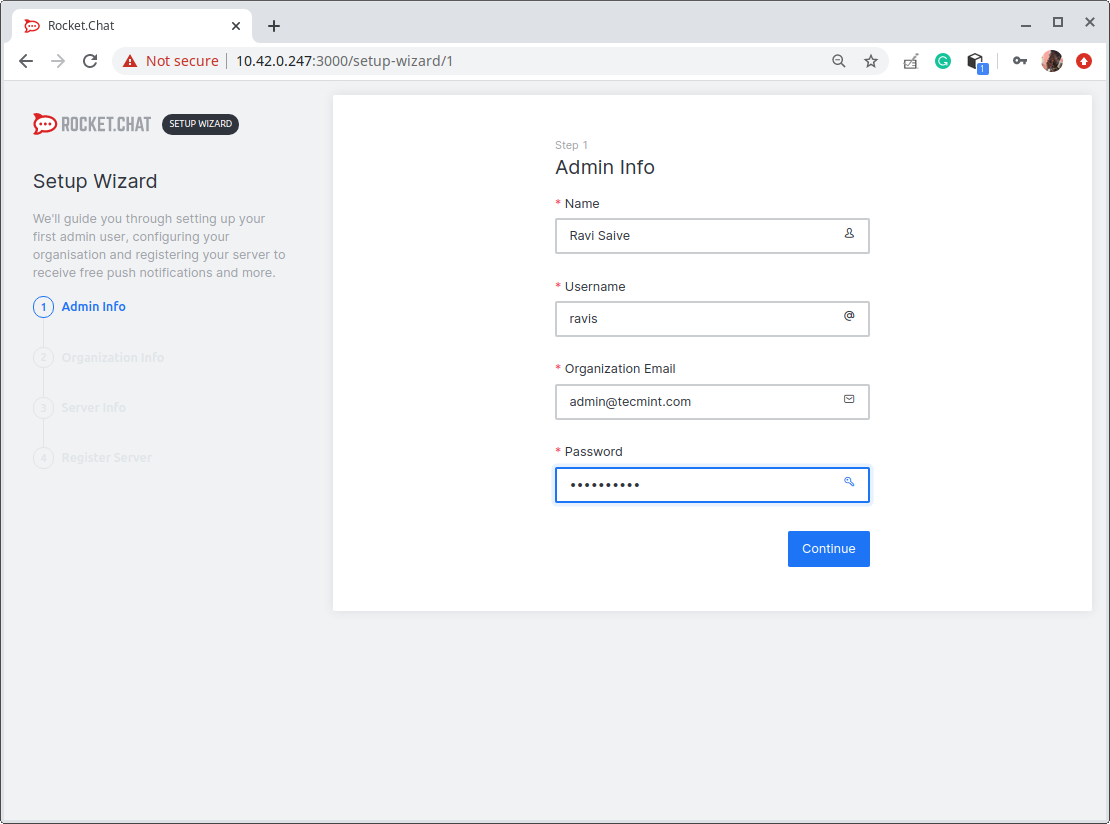- Cant Install New Kernel Due To Conflicts Of Kernel Headers ...
- Enable Mod_rewrite Module
- A2enmod Command Not Found
- Centos A2enmod Apache的安全增强配置 - Linux - 服务器之家
Install / Initial Config. Install CentOS (01) Download CentOS 7 (02) Install CentOS 7; Initial Settings (01) Add an User (02) FireWall & SELinux (03) Configure Networking (04) Configure Services (05) Update System (06) Add Repositories (07) Configure vim (08) Configure sudo (09) Cron's Setting; NTP / SSH Server. NTP Server (01) Configure NTP.
HTTP/2 (HTTP/2.0) is the major upgrade over older version HTTP/1.1 protocol.HTTP/1 was released in 1997 and after a long time the HTTP/2 is released in 2015. HTTP/2 protocol is based on SPDY (generally known as speedy). Some of the key improvements of HTTP/2 are:
- Sep 24, 2013 Centos does not have a utility like a2enmod to enable apache modules. Modules are enabled during installation by the package manager (yum) If you want to disable a module (without uninstalling it) you can rename its config file, e.g. For php you can use.
- In this tutorial, we will install Apache on a CentOS 7 server, confirm that the modrewrite module is enabled, and explore some essential functions. Prerequisite Before following this tutorial, make sure you have a regular, non-root user with sudo privileges.
- Server push: Server will pro-actively sent components to clients, So clients doesn’t need to wait for sending requests to server.
- Multiplexing: Reducing number of active connection by bundling multiple HTTP requests from client and sent to server.
- Encryption: efficiently use to encryption with TLS protocol in HTTP/2 over HTTP/1.1.
- HTTP header compression: Compressed headers will reduce the overhead of additional requests to web server.
This article will help you to enable HTTP/2.0 in Apache web server on CentOS / Red Hat/ Debian and Ubuntu systems.
Install or Update Apache


HTTP/2 protocol supported over Apache version >=2.4.17. So make sure that your Apache version supporting HTTP/2 protocol. If you have not installed Apache or using older version upgrade it first. Use the following commands to add PPA for installing latest Apache2 version on your Ubuntu system.
Verify Apache Version
After successful installation of Apache2 web server on your system, make sure you have Apache >=2.4.17, Earlier version does not supports HTTP/2 protocol.
Enable HTTP/2 in Apache
HTTP/2 protocol requires SSL/TLS virtual hosts. You can’t use HTTP/2 protocol without SSL/TLS enabled websites. Now edit your website VirtualHost and add
Verify HTTP/2
Now configure a VirtualHost with SSL for your domain and use following online tool for testing HTTP/2 support on your website.
IntroductionApache is a modular web server that allows you to customize its capabilities by enabling and disabling modules. This provides administrators the ability to tailor the functionality of Apache to meet the needs of their web application.In this tutorial, we will install Apache on a CentOS 7 server, confirm that the modrewrite module is enabled, and explore some essential functions. PrerequisiteBefore following this tutorial, make sure you have a regular, non-root user with sudo privileges. You can learn more about how to set up a user with these privileges from our guide,. Step 1 – Installing ApacheWe will install Apache using yum, the default package management utility for CentOS.
sudo yum install httpdWhen prompted with Is this ok y/d/N: message, type Y and press the ENTER key to authorize the installation.Next, start the Apache daemon, a standalone process that creates a pool of child processes or threads to handle requests, with the systemctl utility:. sudo systemctl start httpdTo make sure Apache successfully started, check its state with the status command:.
Install A2enmod Redhat. 8/25/2018 0 Comments. Sep 24, 2013 Centos does not have a utility like a2enmod to enable apache modules. Modules are enabled during installation by the package manager (yum) If you want to disable a module (without uninstalling it) you can. How to Install The Latest Apache Server (httpd) on Centos 7. Apache is the most widely used web server software for serving web applications and it is essential part of any server. To have the latest version installed, means that your software package will probably have more new features and known bugs fixes.
sudo systemctl status httpd. /etc/httpd/conf.modules.d/00-base.conf ## This file loads most of the modules included with the Apache HTTP# Server itself.#.LoadModule rewritemodule modules/modrewrite.so.Now press ESC to leave insert mode. Then, type:x then press the ENTER key to save and exit the file.Next, apply the configuration change by restarting Apache:. sudo systemctl restart httpdWith Apache installed and the modrewrite module enabled, we’re ready to configure the use of a.htaccess file. Step 3 – Setting up a.htaccess FileA.htaccess file allows the defining of directives for Apache, including a RewriteRule, on a per domain basis without altering server configuration files. In Linux, files preceded with a dot (.) are treated as hidden.Before using a.htaccess file, we need to update the AllowOverride setting to be able to overwrite Apache directives.
Bash A2enmod Command Not Found
sudo vi /etc/httpd/conf/httpd.confLocate the section and change the AllowOverride directive from None to All. /etc/httpd/conf/httpd.conf.## AllowOverride controls what directives may be placed in.htaccess files.# It can be 'All', 'None', or any combination of the keywords:# Options FileInfo AuthConfig Limit#AllowOverride All.Save and exit the file and then restart Apache to apply the change:. sudo systemctl restart httpdNext, create a.htaccess file in the default document root, /var/www/html, for Apache. sudo vi /var/www/html/.htaccessAdd the following line to the top of the file to activate the RewriteEngine, which instructs Apache to process any rules that follow. /var/www/html/.htaccess RewriteEngine OnSave and exit the file.You now have a.htaccess file that will let you define rules to manipulate URLs as needed. Before we get into writing actual rules, let’s take a moment to review the basic modrewrite syntax.
Cant Install New Kernel Due To Conflicts Of Kernel Headers ...
Step 4 – Exploring the RewriteRule SyntaxThe RewriteRule directive allows us to remap request to Apache based off of the URL. A.htaccess file can house more than one rewrite rule, but at run-time Apache applies the rules in their defined order.
A rewrite rule consists of the following structure:RewriteRule Pattern Substitution Flags. RewriteRule: specifies the RewriteRule directive. Pattern: a PCRE (Perl Compatible Regular Expression) that matches the desired string.
You can learn more about regular expressions. Substitution: where should the matching requests be sent. Flags: optional parameters to modify the rule. For more information on the available flags and their meanings, see Apache’s documentation on.The RewriteRule is the workhorse of the modrewrite directives, which is why we predominately focus on it in this tutorial. Step 5 – Exploring the RewriteCond SyntaxThe RewriteCond directive allows us to add conditions to a rewrite rule. A rewrite condition consists of the following structure:RewriteCond TestString Condition Flags. RewriteCond: specifies the RewriteCond directive.
TestString: a string to test against. Condition: a pattern to match.
Flags: optional parameter to modify the condition.The RewriteCond directive does not allow Apache to consider any rewrite rules that follow it unless the particular condition evaluates to true. Step 6 – Setting up FilesWe will set up a basic rewrite rule to allow users to visit an about.html page without typing the file extension (.html) in the address bar of a web browser.
Start by creating an about.html file in the document root directory:. sudo vi /var/www/html/about.htmlCopy the following HTML code into the file. /var/www/html/about.html

Step 7 – Setting up a RewriteRuleWe would like visitors to the About Us page to access it without having to type.html. To accomplish this, we’ll create a rule.Open the.htaccess file:. sudo vi /var/www/html/.htaccessAfter the RewriteEngine On line, add the following. /var/www/html/.htaccess RewriteRule ^shoes/women$ results.php?item=shoes&type=womenThe rule maps shoes/women to results.php?item=shoes&type=women.Example 1B: Matching OptionsIn some cases, we might want to generalize the query string to include different types of shoes. We can accomplish this by doing the following:. Specify a series of options using the vertical pipe , the Boolean “OR” operator.
Group the match using , then reference the group using the $1 variable, with 1 for the first matched groupThe rewrite rule now becomes. /var/www/html/.htaccess RewriteRule ^shoes/(men women youth) results.php?item=shoes&type=$1The rule shown above matches a URL of shoes/ followed by a specified type. This will modify the original URL so that: matching option allows Apache to evaluate several patterns without having to create a separate rewrite rule for each one.Example 1C: Matching Character SetsHowever, we would also like to specify any item, not limit it to just /shoes. So, we will do the following:. Write a regular expression that matches all alphanumeric characters. The bracket expression matches any character inside of it, and the + matches any number of characters specified in the brackets.
Group the match, and reference it with $2 as the second variable in the file. /var/www/html/.htaccess RewriteRule ^(A-Za-z0-9+)/(men women youth) results.php?item=$1&type=$2The above example will convert: successfully expanded the matching ability to include multiple aspects of a URL.Example 1D: Passing Query StringsThis section doesn’t introduce any new concepts but addresses an issue that may come up. Using the above example, say we would like to redirect but will pass an additional query string?page=2. We would like to map the following URL: you were to attempt to access the above URL with our current settings, you would find that the query string page=2 gets lost. This is easily fixed using an additional QSA flag, which causes the query strings to be combined.

Enable Mod_rewrite Module
Install A2enmod Redhat Server
Modifying the rewrite rule to match the following will achieve the desired behavior. /var/www/html.html RewriteRule ^(A-Za-z0-9+)/(men women youth) results.php?item=$1&type=$2 QSAExample 2: Adding Conditions with LogicNow we’re going to look at the use of the RewriteCond directive. If a rewrite condition evaluates to true, then Apache considers the RewriteRule that follows it.Example 2A: Default PagePreviously, we saw Apache handle a request for an invalid URL by delivering a 404 Not Found page. However, instead of an error page, we would like all malformed URLs redirected back to the homepage.
A2enmod Command Not Found
Install A2enmod Redhat 8
Centos A2enmod Apache的安全增强配置 - Linux - 服务器之家
Using a condition, we can check if the requested file exists.